When the days of rejoicing are over, When the flags are stowed safely away, They will dream of another wild ‘War to End Wars’ And another wild Armistice day.
But the boys who were killed in the trenches, Who fought with no rage and no rant, We left them stretched out on their pallets of mud Low down with the worm and the ant.
– Robert Graves, Armistice Day, 1918
On Monday, November 11th, a century will have elapsed since President Woodrow Wilson, on that first Armistice Day, called on Americans to recognize the heroism of those who fell in service to their country, express gratitude in the victory secured the previous November, and “to show her sympathy with peace and justice in the councils of nations.” Twenty years later, Armistice Day (absent Wilsonian appeals to internationalism) formally became a national holiday until 1954 when President Dwight Eisenhower signed House Resolution 7786 into law, renaming the holiday Veterans Day.

Since 1954, we have set aside November 11th to honor and remember veterans, both the living and the fallen, for their service and sacrifice.
From my perspective, doing so in a meaningful, respectful fashion can sometimes prove challenging. Per the Department of Defense’s Defense Manpower Data Center, there are just over 1.3 million people serving in the U.S. armed forces, representing .4 percent of the country’s total population. Additionally, the most recent census data estimates that there are currently 18.2 million veterans in the U.S. In short, this means that only 6 percent of Americans have served or are on active duty, Much has been written about this gulf between those who serve and the general public, initially prompting this post. In an atmosphere where the recognition of our veterans (and military service in general) can often be grossly politicized, trivialized, or otherwise reduced to performative gestures; what practices can both individuals and institutions undertake that truly honor those who served? It strikes me that capturing the individual experiences of veterans and making them accessible to the public can foster a deeper appreciation of the former’s sacrifices and bridge the gap between civilian and military communities.
Created by Congress in 2000, the Veterans History Project provides the framework and resources to realize this goal through the collection and preservation of veterans’ experiences. A project of the Library of Congress American Folklore Center, this program enables community groups, veterans organizations, academic institutions, libraries, and individuals to capture veterans’ wartime experiences through a variety of mediums by supplying interested parties with “field kits.” The field kits provide forms for biographical information, releases for participating interviewers and veterans, sample questions and outlines for oral history interviews, guidelines for veterans wishing to submit memoirs, correspondence, and visual materials to the project, as well as other useful materials. Upon submission, these personal accounts are cataloged and made accessible in the project’s database.

This month, consider reaching out to veterans in your family or community and ask them to share their stories with the Veterans History Project. Through their narratives, we can come to appreciate (as best we can) the personal and shared experiences they’ve endured.
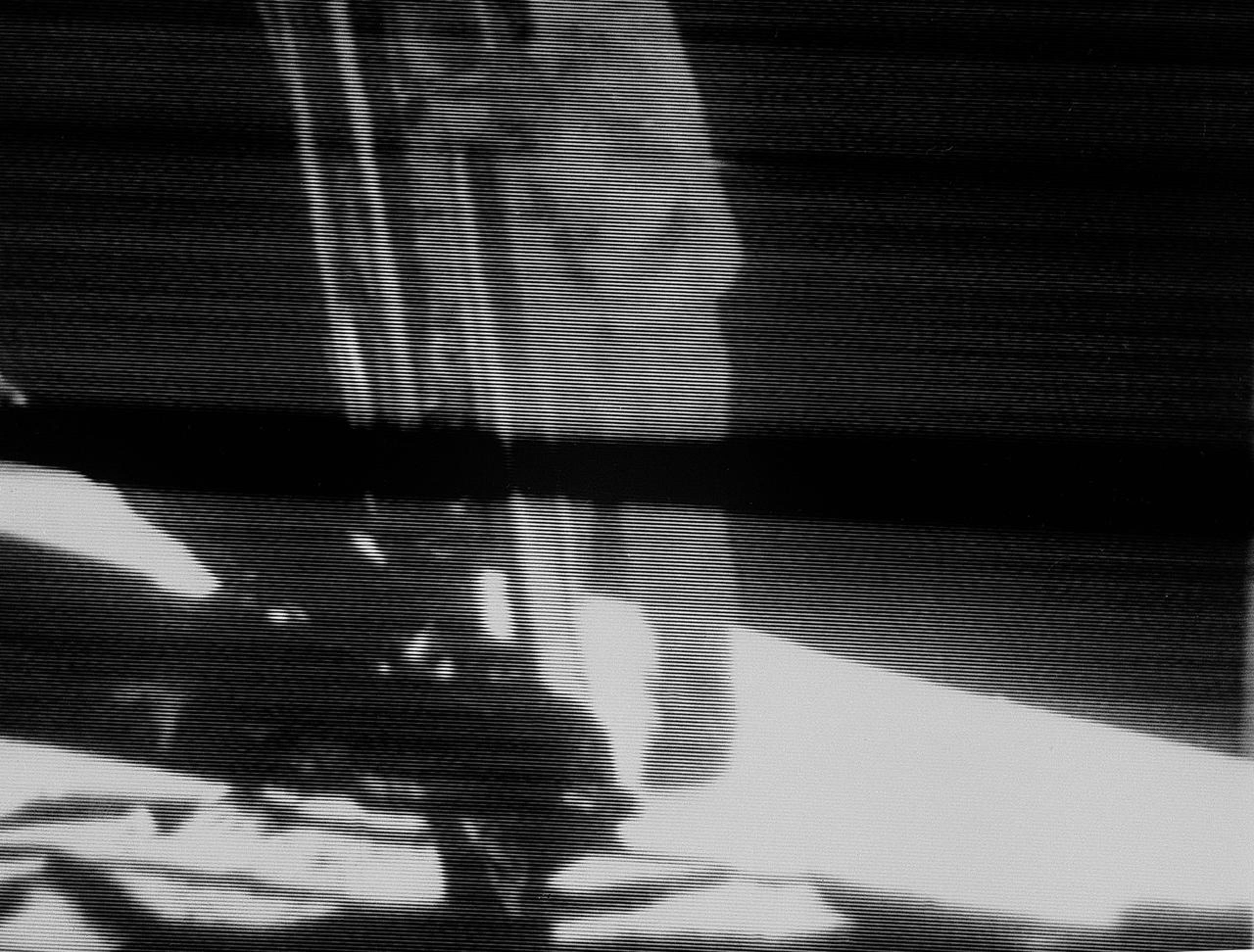


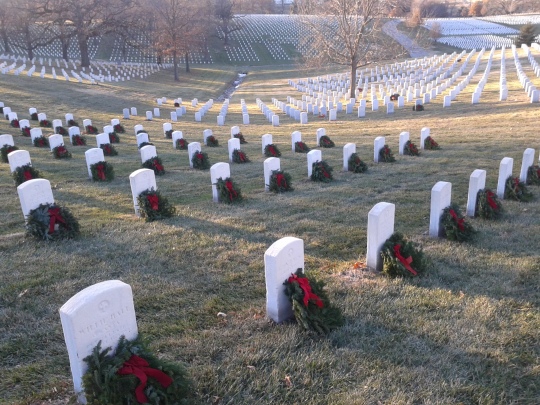
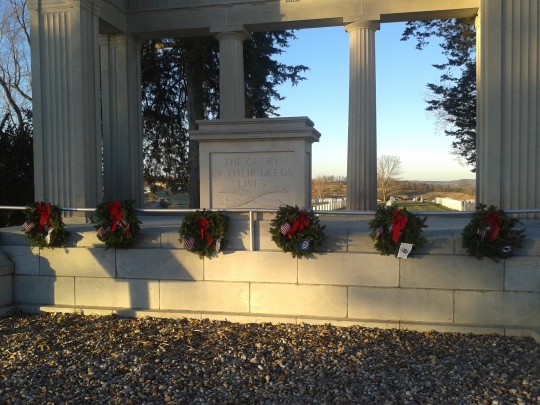

 The NPS also provides a
The NPS also provides a  And yes, the NPS can even tell you the
And yes, the NPS can even tell you the 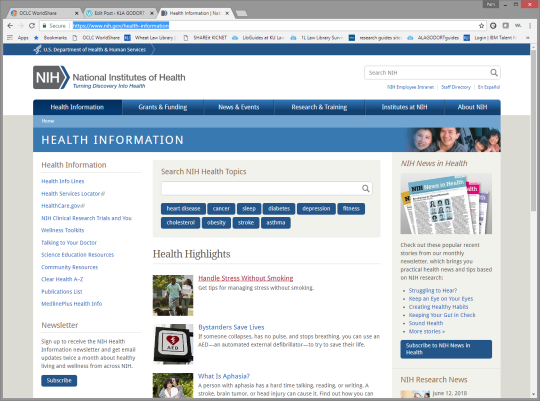
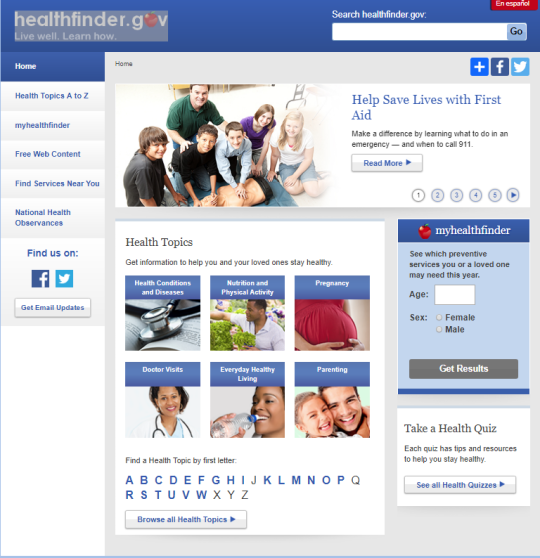





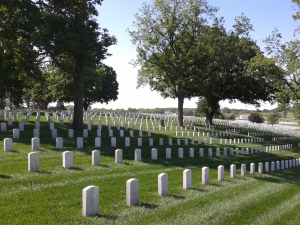
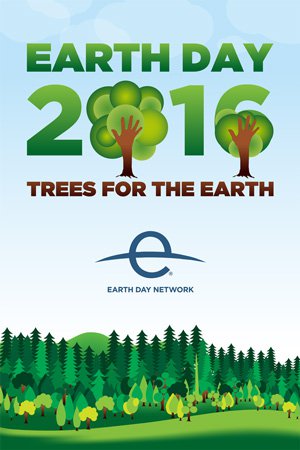 political agenda. Senator Gaylord Nelson of Wisconsin, Representative Pete McCloskey of California, and Denis Hayes from Harvard took the idea of a “national teach-in on the environment” and ran with it. A date between Spring Break and final exams, April 22, was selected as the date.
political agenda. Senator Gaylord Nelson of Wisconsin, Representative Pete McCloskey of California, and Denis Hayes from Harvard took the idea of a “national teach-in on the environment” and ran with it. A date between Spring Break and final exams, April 22, was selected as the date.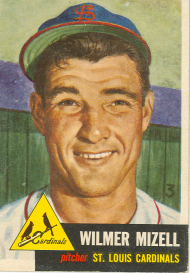
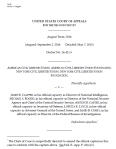



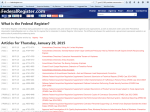


 months and in the midst of a war with Great Britain for unjust treatment, the leaders of the thirteen colonies declared their independence from the British government in 1776.
months and in the midst of a war with Great Britain for unjust treatment, the leaders of the thirteen colonies declared their independence from the British government in 1776.
 Life Festival, tour the monuments, hear the
Life Festival, tour the monuments, hear the and music. The U.S. flag can be seen flying from porches and street poles, hanging in store windows, covering parade floats and just about anywhere imaginable. Red, white and blue images of the flag are seen on clothing, billboards, posters and events throughout the country. Those flags are flying while Americans are singing proudly the Star Spangled Banner, America the Beautiful, God Bless America and listening to John Phillip Sousa’s
and music. The U.S. flag can be seen flying from porches and street poles, hanging in store windows, covering parade floats and just about anywhere imaginable. Red, white and blue images of the flag are seen on clothing, billboards, posters and events throughout the country. Those flags are flying while Americans are singing proudly the Star Spangled Banner, America the Beautiful, God Bless America and listening to John Phillip Sousa’s  s water trails, equestrian paths and biking trails, just to name a few.
s water trails, equestrian paths and biking trails, just to name a few.
 s, HUD block grants, and the National Park Service
s, HUD block grants, and the National Park Service 
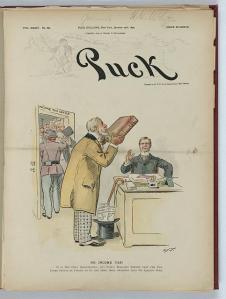
Written by briangribben
Comments Off on Veterans Day and the Commemorative Project